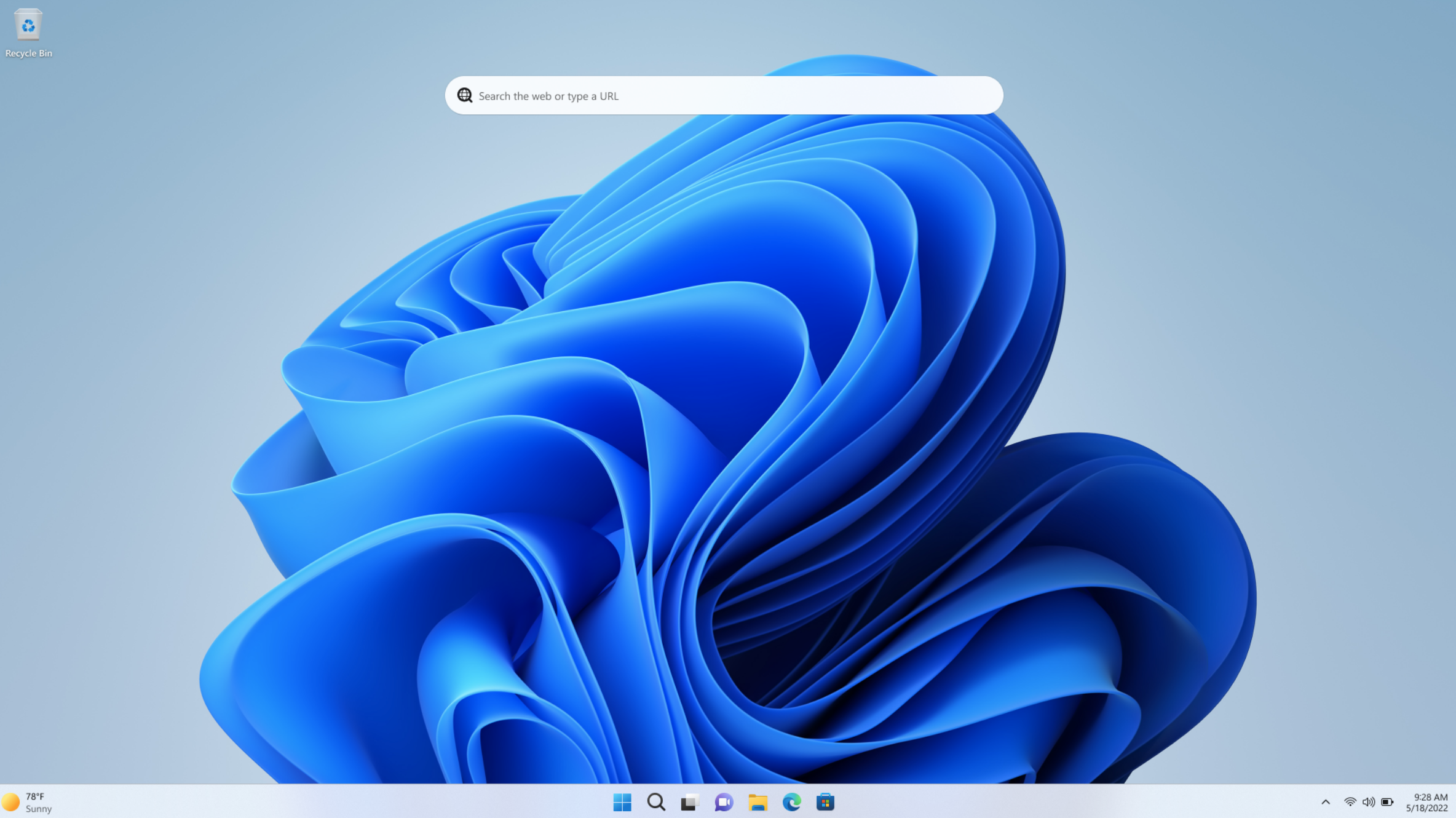
 Image: Michael Crider/Foundry
Image: Michael Crider/Foundry
The Control Panel is a trusty, rusty old friend for a lot of us Windows users, going all the way back to the operating system’s original release in the 1980s. But Microsoft has been trying to get rid of it for almost a decade, replacing its functions with the friendlier Settings app.
According to a new Microsoft support page that covers several different aspects of PC management in both Windows 10 and 11, Control Panel’s end is nigh. We still don’t know an exact date, though:
“The Control Panel is in the process of being deprecated in favor of the Settings app, which offers a more modern and streamlined experience.”
As Neowin points out, this is a variation on the same thing Microsoft has been saying since 2015, back when the Settings app first began to absorb some of the more advanced Windows features.
Get Windows 11 Pro for cheap
Windows 11 Pro

Even in Windows 11, the Control Panel remains essential for advanced (and a few not-so-advanced) functions and settings. I find myself dipping into its antiquated icon-based navigation at least once every time I install Windows fresh, to toggle the “activate a window by hovering over it with the mouse” function in the Ease of Access Center. Control Panel’s version of the Power Options tool is also a pretty important thing to adjust for most laptop users.
Personally, I don’t really care where all of these settings are located, as long as I can find them. But that’s become an increasingly thorny issue as more of them are moved to the modern Settings interface, and it seems unlikely that the deepest and oldest parts of Windows — like the Registry Editor — could even be implemented with the new interface… assuming Microsoft even wants them to be visible to normal users.
Windows is an operating system that’s trying to move into the future (with a few notable stumbling blocks) while being inexorably moored to its past, since compatibility with older programs and tools is something most dedicated users demand.
Microsoft has been attempting to unify its interface for years, and appears to be continuing that effort now. But I think the safe bet is that some form of the Control Panel UI will still be there in the next major release.
Further reading: Microsoft tried to scrap Windows and start over
Author: Michael Crider, Staff Writer, PCWorld

Michael is a 10-year veteran of technology journalism, covering everything from Apple to ZTE. On PCWorld he’s the resident keyboard nut, always using a new one for a review and building a new mechanical board or expanding his desktop “battlestation” in his off hours. Michael’s previous bylines include Android Police, Digital Trends, Wired, Lifehacker, and How-To Geek, and he’s covered events like CES and Mobile World Congress live. Michael lives in Pennsylvania where he’s always looking forward to his next kayaking trip.
Recent stories by Michael Crider:
Windows update breaks Linux dual-boot setups with ominous messageNorth Korean hackers used a Windows zero-day exploitWindows SmartScreen security has been compromised for years



